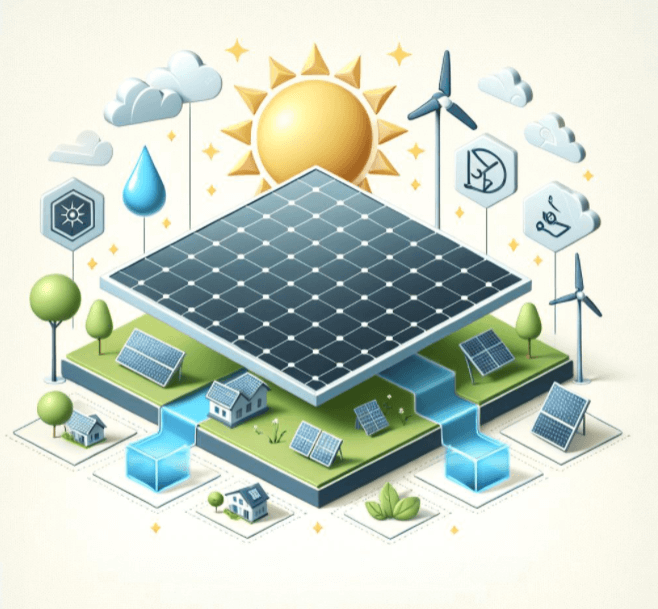Green Technologies for a Sustainable Future: A Quiet Revolution

Green Technologies for a Sustainable Future: A Quiet Revolution
The climate emergency is one of the most critical challenges of our time, pushing scientists, governments, and businesses to seek sustainable solutions. Among these, green technologies stand out as essential tools for building a more sustainable future. This article explores major innovations in renewable energy, waste management, and clean technologies, examining their potential to reduce our ecological footprint.
- Renewable Energy: Beyond Sun and Wind
Traditionally dominated by solar and wind power, the renewable energy landscape is rapidly expanding to include more diverse sources. For example, geothermal energy, which utilizes the Earth’s heat, is becoming a viable option for volcanically active regions. Similarly, innovations in tidal and wave technology promise to transform ocean energy into a constant and clean power source.
Advances in energy storage, such as more efficient lithium batteries and gravity storage systems, also play a crucial role. These technologies help overcome one of the biggest challenges of renewable energies: their intermittence. By storing excess energy produced during high-yield periods, these systems ensure a continuous supply, even in the absence of wind or sunlight.
- Innovative Waste Management: Towards Zero Waste
Waste treatment is undergoing a transformation with the adoption of advanced technologies that allow for more efficient reduction, reuse, and recycling of materials. New automated sorting methods using artificial intelligence enable more precise separation of waste, thus increasing recycling rates. Meanwhile, waste-to-energy conversion processes, such as pyrolysis, convert non-recyclable waste into clean energy, reducing reliance on landfills.
- Clean Technologies : An Industrial Response to Climate Change
At the heart of the fight against climate change, clean technologies include innovations that reduce greenhouse gas emissions. Sectors such as manufacturing and transportation benefit from new processes that increase energy efficiency and reduce pollution. For instance, the increasing adoption of electric vehicles significantly contributes to the reduction of CO2 emissions.
Similarly, in the construction sector, the use of ecological materials and sustainable building techniques minimizes the environmental impacts of new buildings. “Green buildings,” equipped with energy management systems and rainwater harvesting, have become the norm in many regions.
Conclusion
Green technologies are no longer just alternatives ; they have become essential components of our transition to a sustainable future. By investing in these technologies and adopting policies that encourage their development, we can hope to build a world where economic growth and environmental health go hand in hand. Technology offers us the tool, but it is up to us to take the necessary steps to ensure our common future.